MIT’s (Massachusetts Institute of Technology) Self-Assembly Laboratory and BMW have successfully developed printed inflatable material technologies that selftransform, adapt and morph from one state to another.
Named "liquid printed pneumatics", the object is on display at the V&A museum in london, as part of ‘the future starts here’ exhibition, which explores the power of design in shaping the world of tomorrow.
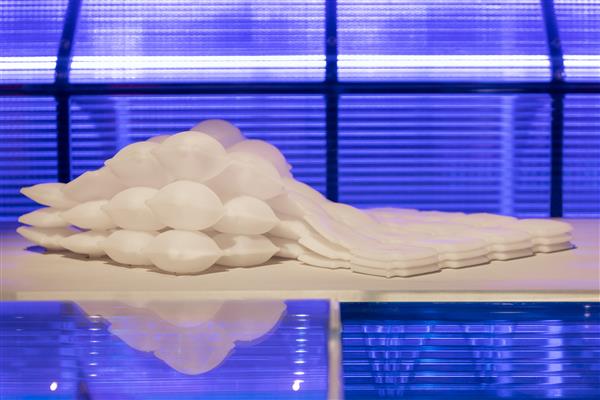
All images courtesy of BMW and the self-assembly lab
The BMW Design Department and MIT’s Self-Assembly Laboratory have started their study in 2016 with the mutual ambition to push the boundaries of material technologies. This collaboration resulted in the first example of a fully printed inflatable silicone material that can self-transform, be customized to any size or shape. The silicone printed object can change shape depending on the amount of air pressure in the system. The pneumatic controls in the system allow the printed structure, which consists of seven independent chambers, to transform into a variety of shapes, functions or stiffness characteristics.
"The outcome of this collaboration manifests that a new material future is imminent", says Martina Starke, head of BMW Brand Vision and BMW Brand Design at BMW Group. Together with the Self-Assembly Laboratory at MIT, Starke was eager to reshape the nature of transportation with a concept where car interiors will be able to interact and adapt in the future.
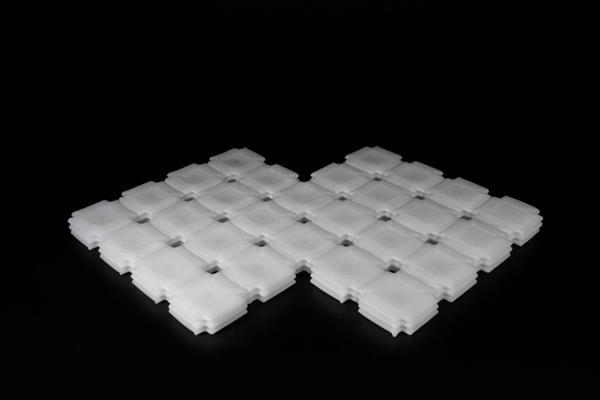
"There is no need to lock the car of the future into any particular shape. Interiors could even take on malleable, modular uses", she explains. At this stage their study is fully focusing on technological dimensions and material properties.
After testing various directions on how a visionary interior could take shape, the experts at the Self-Assembly Lab achieved a breakthrough when they managed to liquid print air and water-tight inflatable geometries, like customized printable balloons. With this technology they can produce complex channels and pockets that self-transform.
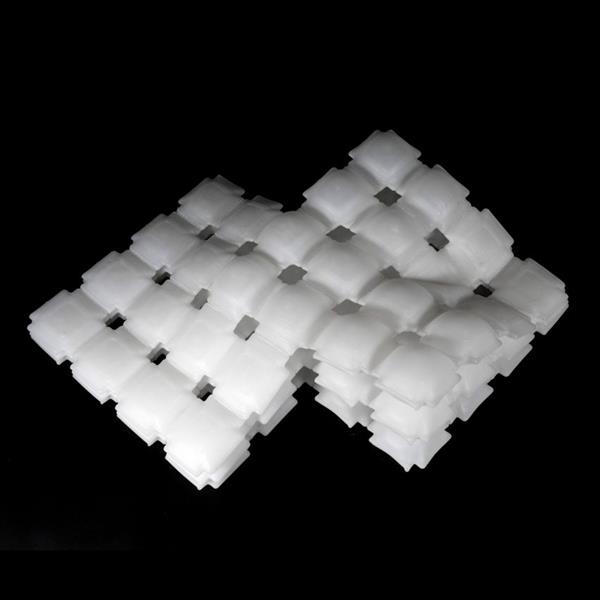

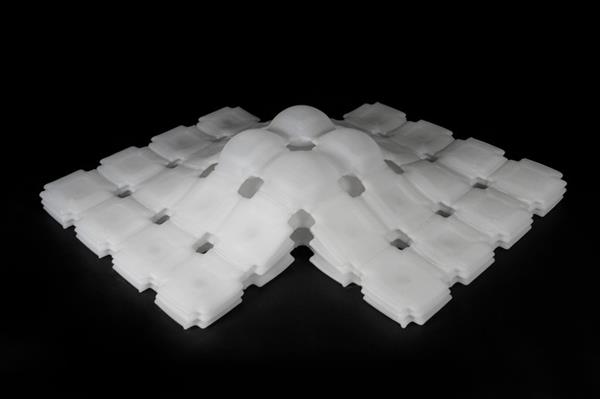
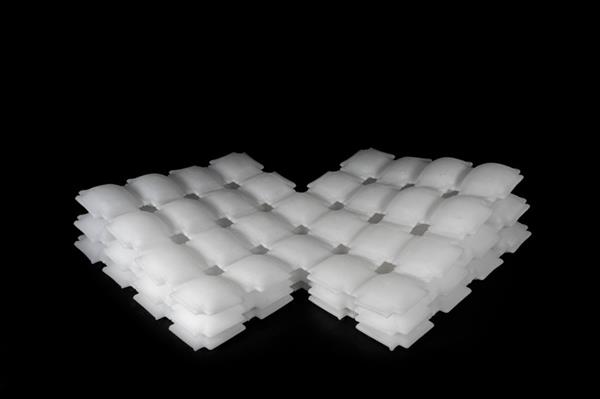
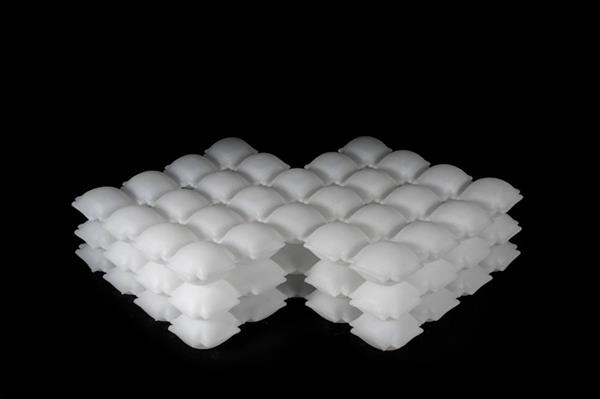
Skylar Tibbits, founder of the Self-Assembly Lab explains: "We then brought together a number of recent technologies such as Rapid Liquid Printing and techniques from soft robotics to achieve this adaptive material structure. In the past, scenarios like these have often required errorprone and complex electromechanical devices or complex moulding/tooling to produce inflatables. Now we’re able to print complex inflatable structures with custom actuation and tuneable stiffness."

Skylar Tibbits (left) and Martina Starke outside the V&A museum
On display at the V&A is a three dimensional meter-scale object which is highly dynamic, morphing its form and function. "This adaptive material technology points towards a future of transformable surfaces for adaptive human comfort, cushioning and impact performance“, says Martina Starke.

